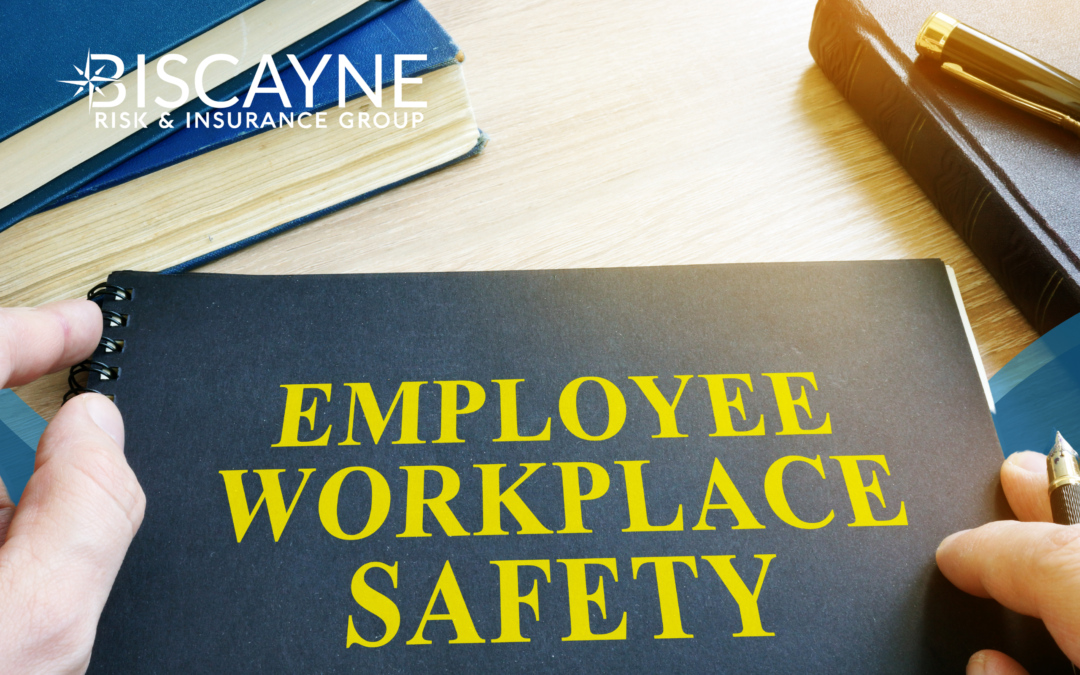Workers’ compensation is more than just a legal requirement; it’s an investment in making your business a safer place for your employees. A workplace injury can significantly impact you, your business, and your employees. It’s the employer’s responsibility to have well-defined safety guidelines. Employees have the right to be safe at work, and Occupational Safety and Health Administration (OSHA) standards require employers to provide a safe and hazard-free workplace.
Workers’ Comp Benefits
Workers’ compensation systems are different in every state and vary in how they handle claims, evaluate impairments, settle disputes, provide benefits, and control costs. As part of the workers’ compensation coverage, the insurance carrier pays the injured worker’s medical, rehabilitation, and lost wages.
Employees can file workers’ comp claims for several reasons ranging from a single event to repeated exposures over time. If the injury leaves the employee disabled, the insurance carrier will pay the claim based on the extent of the injuries. The disability will fall into one of the following categories: temporary total, temporary partial, permanent partial, or permanent total disability.
If an employee files a claim, the employer must cooperate fully with the insurance carrier. Once the claim is filed, employers should continue to take an active role in the injured employee’s recovery by implementing a return-to-work program. After the investigation, the employer is required to welcome the injured worker back if and when the injury heals.
Workplace Safety
In addition to workers’ comp laws, which vary from state to state, OSHA regulates workplace safety on a federal level. Addressing and correcting occupational safety issues might be initially costly, but safer workplaces can lower insurance premiums and claims costs.
Using data analytics solutions to understand where improvements can be made, employers can reduce risks in the workplace. Before eliminating risks, you first have to identify the problems. Regularly schedule safety inspections and document the results. Falls are the majority cause of workplace injuries and should be part of the focus during safety inspections.
These tips can help create a safer work environment:
- Thoroughly train workers on proper safety procedures
- Have emergency protocols in place
- Provide employees with appropriate work gear
- Post noticeable signs and labels where there are hazards
- Regularly maintain tools and equipment
- Make employees part of safety planning
- Maintain open communication
A great workplace safety program can deliver more than encouraging a safer work environment for employees, it can also improve employee retention, reduce workers’ comp costs, and enhance productivity.
A Safe Workplace With Biscayne
Workers’ compensation protects both the employee and employer. Building and developing a culture of safety in the workplace can help keep everyone out of harm’s way and make safety a top priority. Without appropriate plans and protocols in place, businesses can end up with detrimental costs that can affect employee health, productivity, and revenue.
Biscayne Risk & Insurance Group can help expertly analyze the risks associated with your industry and provide appropriate policies to keep you and your employees safe. At Biscayne, we emphasize health and safety and offer guidance to our clients. Contact us today to learn more about adequate workers’ compensation insurance coverage for your business.

